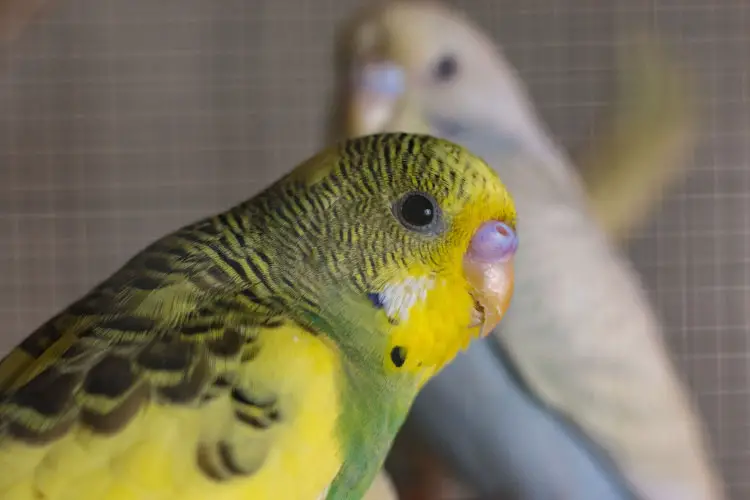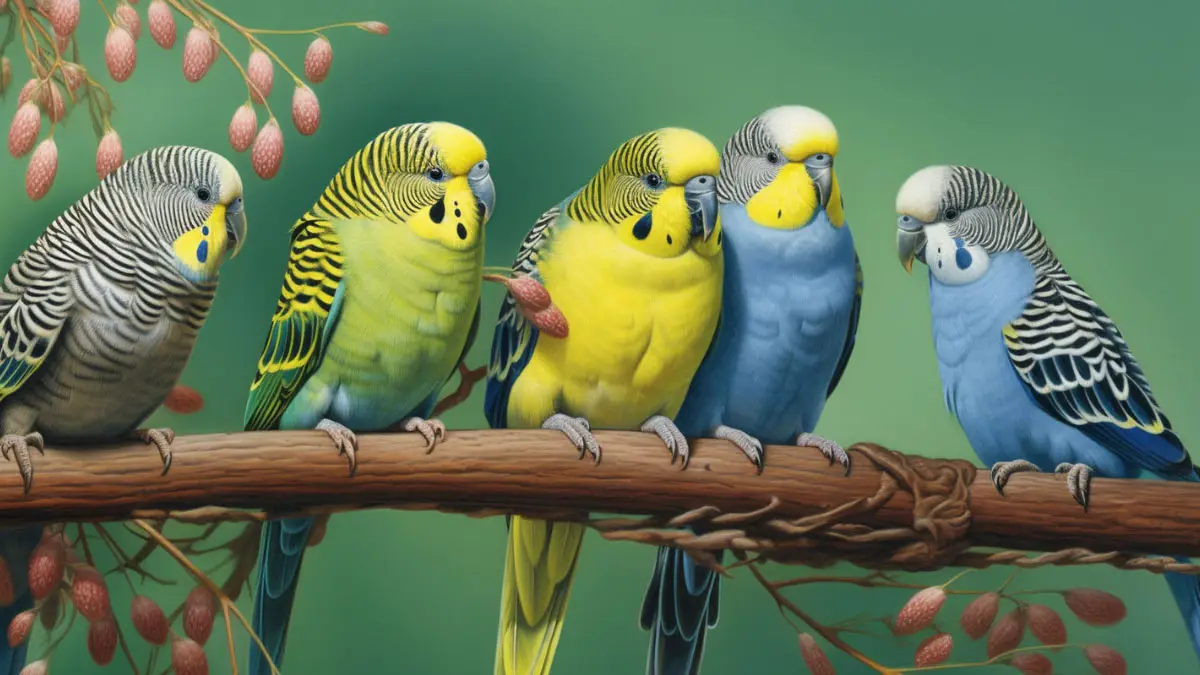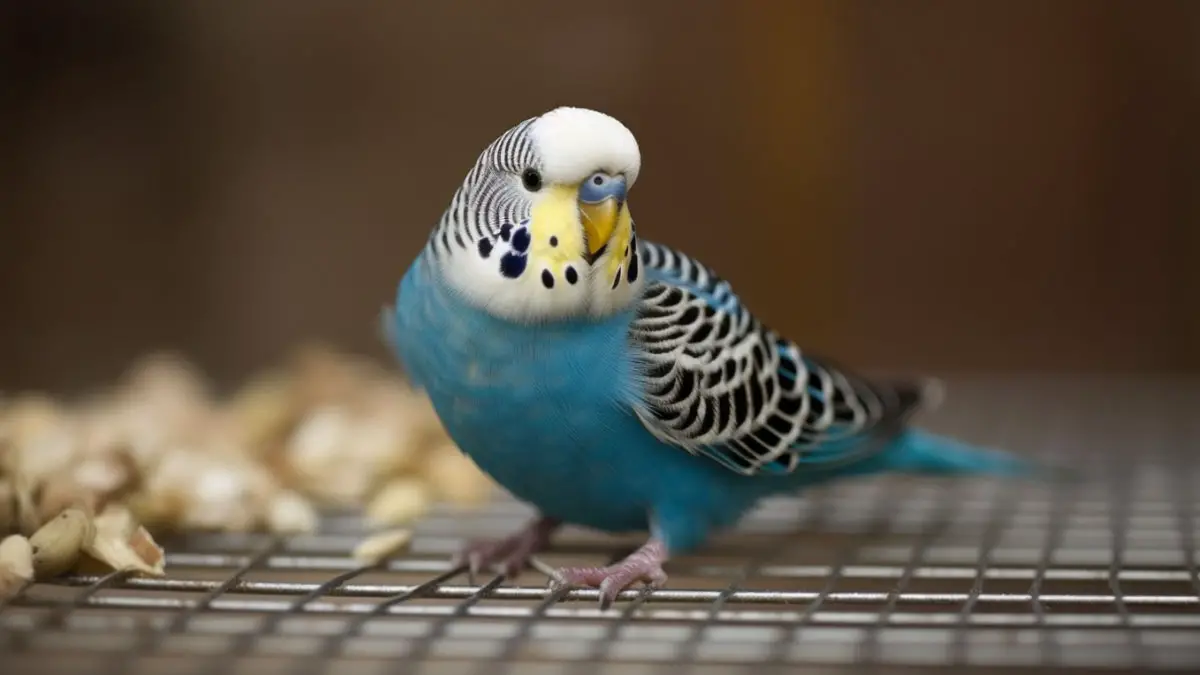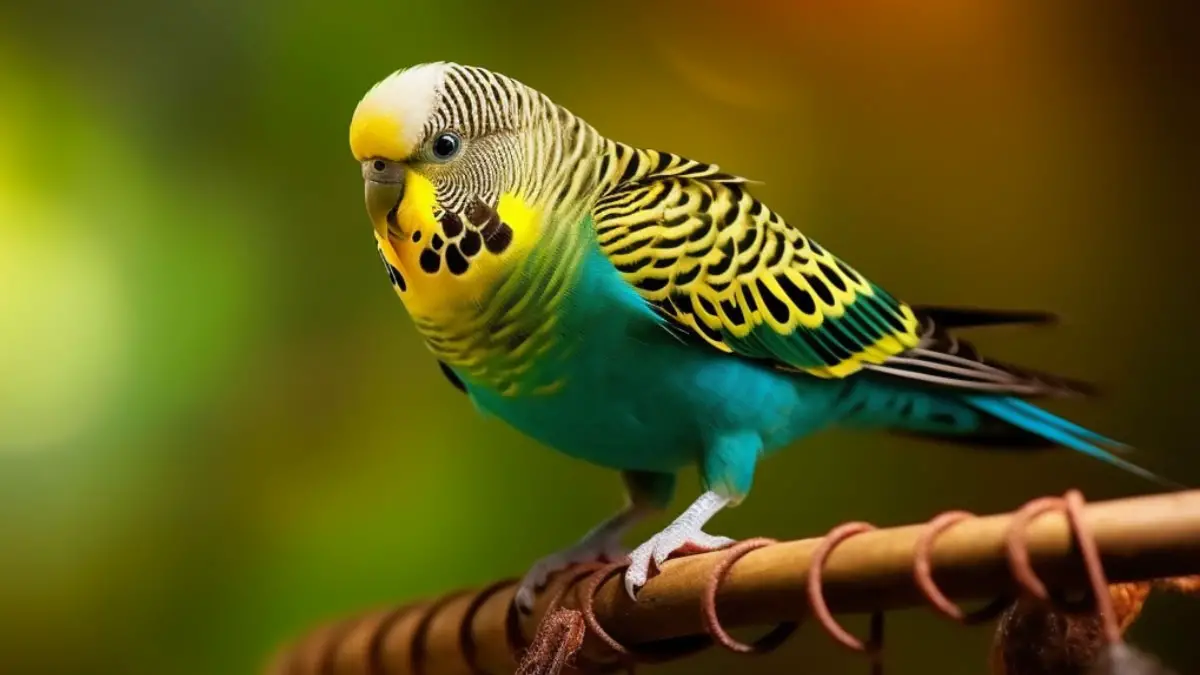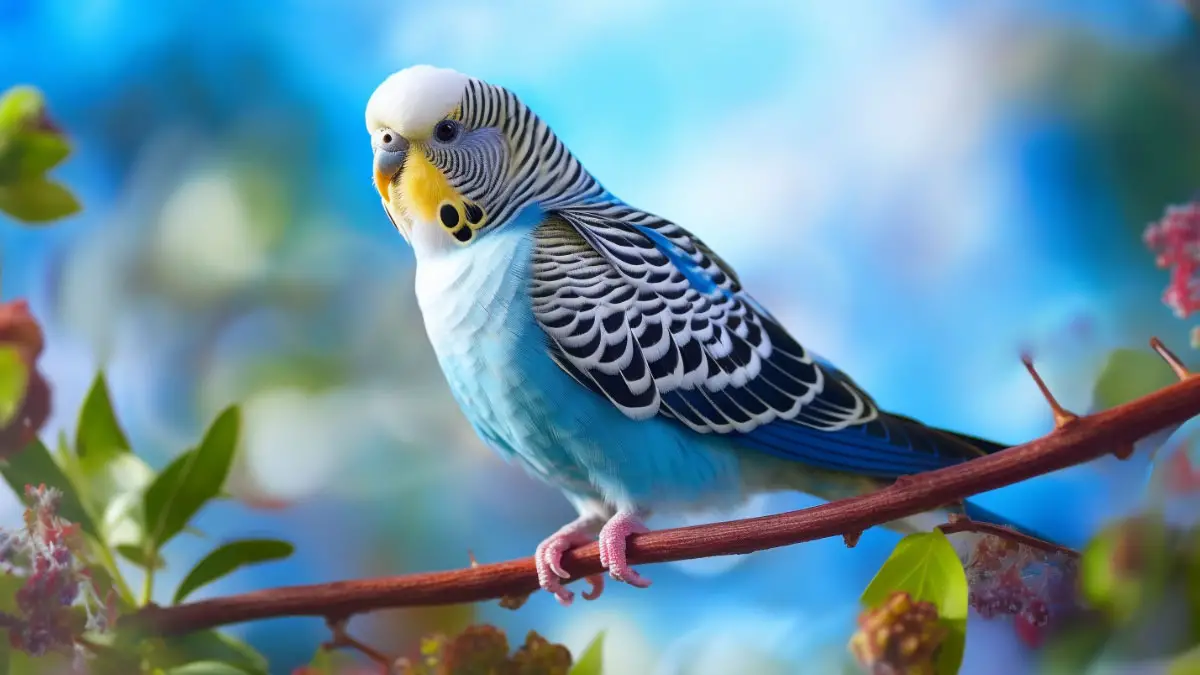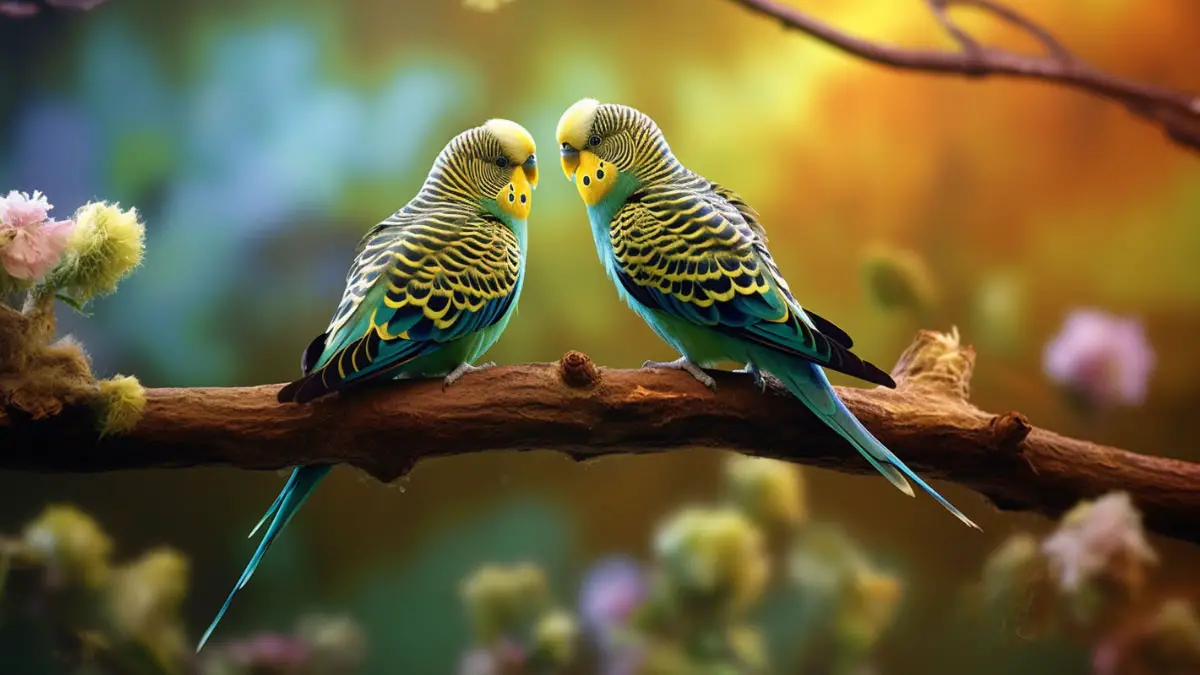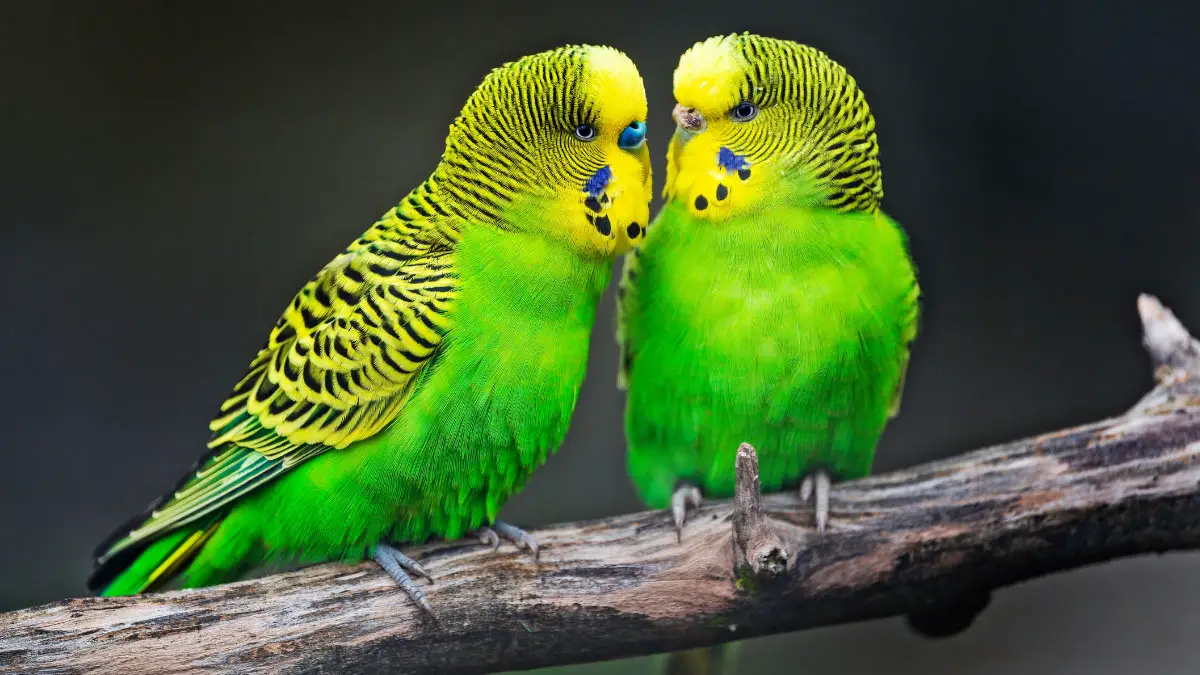Your budgie’s beak can help you understand your budgie’s health condition. Generally, both the male and female budgies have vibrant beak colors with a smooth and perfectly aligned symmetrical appearance. So discoloration in your budgie’s beak could be a sign of sickness.
What causes discoloration in the budgie’s beak? Factors that cause this include nutritional deficiencies, infections, liver issues, trauma, or injury. The beak of a sick budgie can turn dark or white. It might also be associated with a mass, unusual texture, improper alignment of the upper and lower beak, or overgrowth. Sometimes dead keratin flakes slough and exposes the beak’s underneath color, which is typically a natural process.
But generally, discoloration of the beak is an abnormality, and you need to take your budgie to an avian vet for inspection. To get more information to assess and tackle the budgie beak discoloration, continue reading the article here.
The Color & Appearance of a Healthy Budgie Beak
The color of the budgie’s beak is actually about its cere (fleshy and waxy covering above the beak) color. Although the cere color can vary, most young budgies have a light tan or pale blue-ish cere at the beginning based on their feather color.
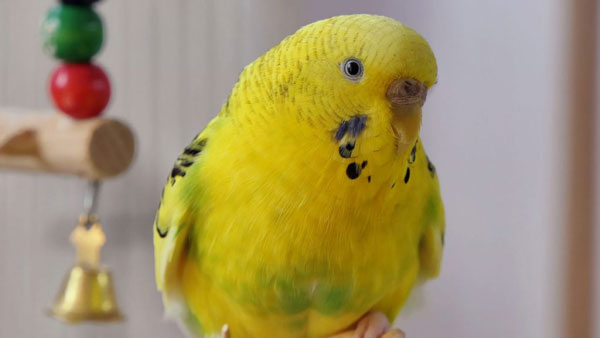
Males have vibrant or deep blue color cere, which can sometimes turn tan or brownish during sexual maturity. Females have tan cere, which may develop brown hypertrophy and thickens further during the maturity period. The thickening or color change of cere during that time is hormonal, temporary, and perfectly fine.
A healthy budgie will also have symmetrical beaks that align perfectly. There shouldn’t be any discoloration, mass, unusual texture, or peeling.
Budgie Beak Discoloration Types

There are two kinds of discoloration. The budgie beak could either turn white/pale or dark/black.
1. White or Pale Beak
When a budgie’s beak turns white, it can probably go through sloughing. It’s a natural process where dead or old layers of the budgie’s beak are shed, and the healthy white layer underneath is exposed. You should worry about them only if the beaks are too dry.
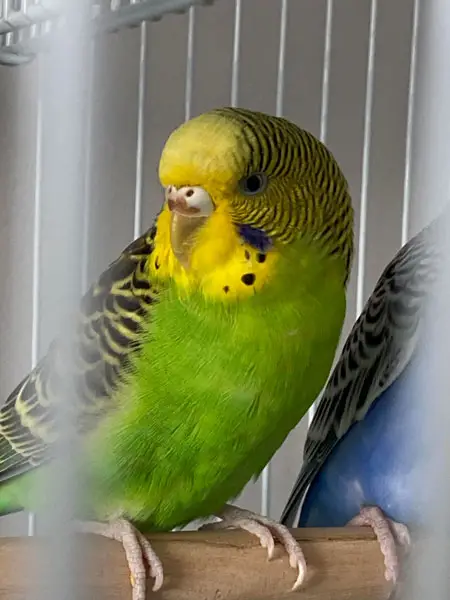
The cere of a male budgie is also noticed to turn white or pale when stressed. However, the pale color in females is normal. Some females could also have white specks on the cere, which is also healthy.
2. Dark or Black Beak
Budgies’ beaks can also turn unusually dark or black. There could be different reasons, including malnutrition, injury, or liver problems. And these reasons indicate your budgie requires immediate medical attention.
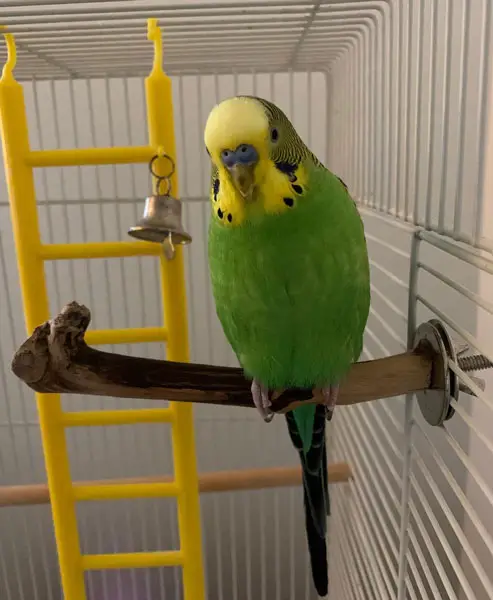
Also read: Why is Budgie Poop Sticking to Bottom?
What Causes Budgies Beak Discoloration
Here are some major causes of beak discoloration in budgies. Let’s check out.
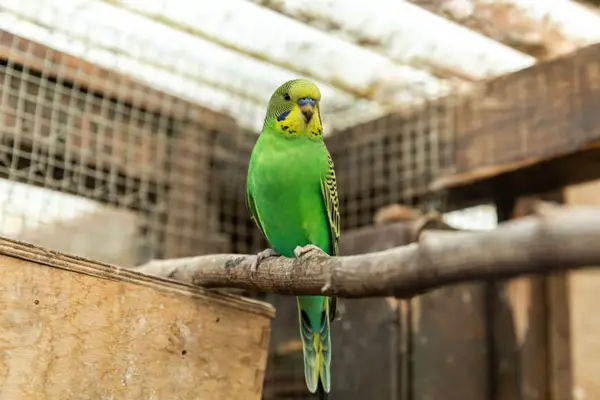
Nutritional Deficiency or Dehydration
Fatty liver or malnutrition can cause discoloration to your budgie’s beak. Lack of nutrition can also cause scaly and overgrown beaks. If you’re noticing a pale, soft, and rubbery beak, it could be due to the lack of vitamin D, calcium, or Amino Acid Methionine. Budgies that live on an all-seed diet can also have a darker pigmented beak. Besides, dehydration or less liquid intake can lead to dry and pale beaks.
Trauma or Injury
Trauma or injuries can cause beak discoloration in budgies. Budgies may fight with each other or crash into a hard object only to hurt their beak. If you’ve got your budgie mixed with other birds, a bite from other birds is possibly causing their beak to turn black or purple. Since many blood vessels run throughout the beak, you may even see the vessels bleed when hurt.
Liver Problems
Dark spots in your budgie’s beak can indicate compromised liver function. The blackspots can be hemorrhage areas showing bruising. A liver issue would include some other serious symptoms, such as black toenails, wet droppings, yellow stained urates, breathing difficulties, increased regurgitation & vomiting, and more.
Sloughing
Sloughing is another reason why budgie’s beak can turn white. It’s a natural process where the upper layers are shed, and the white layer underneath is exposed. The beaks that undergo sloughing are called flaky beaks, and all parrots go through this process at some stage of their life. Although this kind of discoloration is entirely normal, excessive dryness could indicate some nutritional problems, especially vitamin A deficiency.
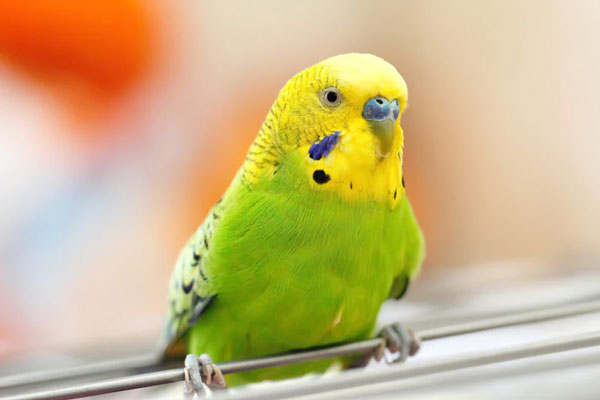
Stress in Male Budgies
Male budgies who are stressed tend to have lower testosterone levels. It can affect their beak’s color and make it pale or whitish. So when you notice the change, check if anything is disturbing them. However, females may have pale beaks temporarily, which could reverse over a short period.
Cancer
Squamous Cell Carcinoma and Melanoma are some of the possible cancers that budgies can develop on their beaks. These cancer cells can manifest as discoloration, erosion, and additional masses on the beak. They’re sometimes tumors and, if detected early, can be removed surgically.
Infections
The beak discoloration can also occur due to fungal, bacterial, viral, or parasitic infections. They directly infect the beak or other parts causing secondary issues to the beak. Some primary infections include Avian Keratin Disorder, Scaly Leg & Face Mites, Psittacine Beak & Feather Disease (PBFD), and Avian Pox.
Antifungal and antibiotic drugs can successfully treat most fungal and bacterial infections. But it’s important to detect and start the treatment as soon as possible.
Should You Be Worried: How to Help?
You can take some proactive steps to treat the discoloration issue. Here are a few things to consider.
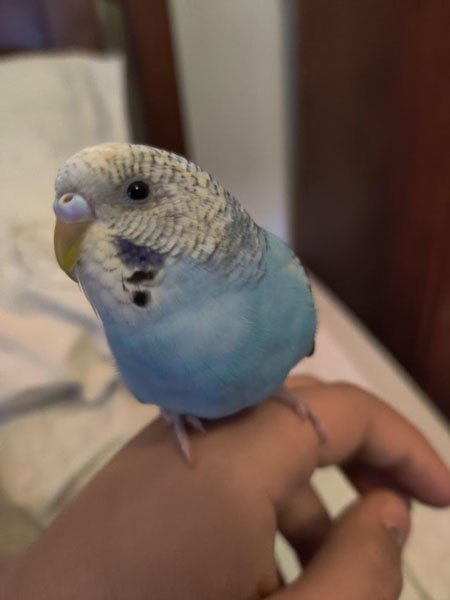
Look for Other Symptoms
A few typical reasons, such as sloughing, can cause your bird’s beak to discolor. So to get sure, check other symptoms such as loss of appetite, lethargy, fever, constant squawking, breathing issues, wet dropping, diarrhea, or vomiting. Any symptoms indicate serious health concerns that require immediate medical attention.
Take Your Budgie to the Vet
You should take your budgie to the vet in case of a beak discoloration. Your vet will run x-rays and other evaluations to determine whether your bird is suffering from liver problems or infections. Early diagnosis and treatment can quickly reverse the condition and make your budgie healthy again.
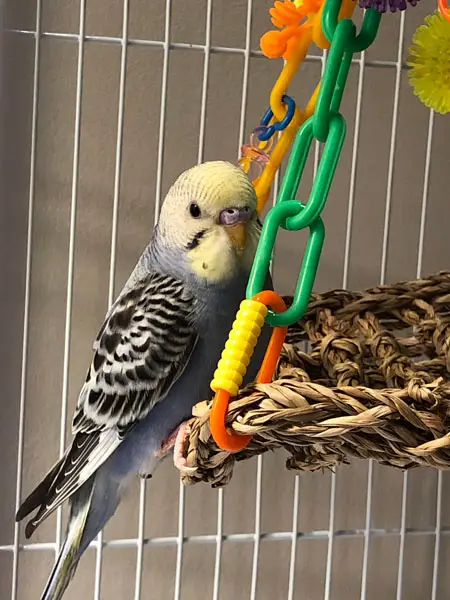
Provide Proper Diet & Fresh Water
There might be no severe symptoms, or your vet may have addressed malnutrition as the cause of the beak discoloration. In that case, you’ll have to provide a nutritional diet consisting of pellets, fruits, and vegetables, so your budgie gets everything it needs.
Also, ensure the budgie has constant access to clean water. Drinking enough water can prevent dehydration or dryness that could cause palings or discoloration.
Provide Chewy Toys & Conditioning Perches
The beak discoloration is sometimes associated with overgrowth. So provide your budgies with some chewing toys that’ll keep their beak trimmed and in good shape. Also, give perches with different textures or conditioning that they can use to keep their beak and nail in perfect condition.
FAQs
You can check out some more faqs answered on the topic.
In most cases, budgie’s discoloration perfectly heals. The keratin or waxy covering over the beak (aka cere) grows back slowly over time if the root cause is treated.
The budgie’s beak crack isn’t too deep in most cases. So the cracked or broken beak can regrow over time, just like a cracked nail.
Related: Why Does My Budgie Nibble My Finger?
Final Words
Budgie’s beak discoloration is mostly due to some underlying medical conditions. So seek an avian vet’s attention to get your budgie checked. If it’s due to sloughing or hormonal changes, there’s nothing to worry about. But if it’s for other reasons such as nutritional deficiency, trauma, or stress, you must take proper care of your feathered friend to get its beak back to normal. Provide a balanced diet and ensure good living conditions.
Sometimes the beak discoloration is caused by serious health concerns like cancer, infection, and liver problems. So if you notice discoloration, take it to the vet to diagnose. Treat your budgie as directed by the vet if anything serious is diagnosed. Early treatment can, most of the time, reverse the condition and help your budgie to recover completely.
